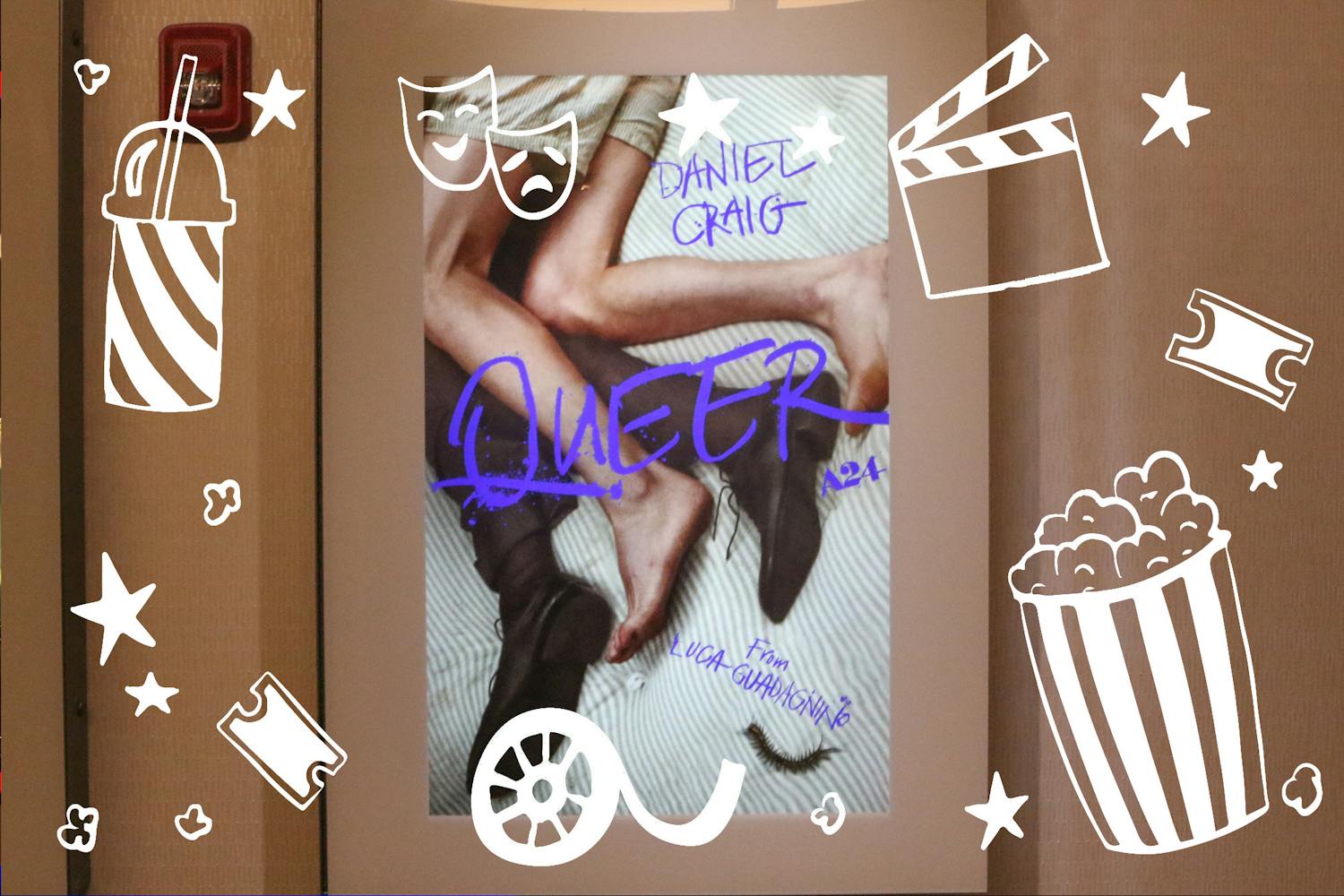Free speech is the backbone of American journalism and society’s right for self-expression. It grants individuals (and now corporations) the right to publicly express their opinions and thoughts on virtually any subject. It is a right that is broadly interpreted, allowing a range of perspectives to be acknowledged, even if the viewpoint is not necessarily favorable. Because of the leeway that is allotted regarding free speech, there is a gray area that defines what is appropriate and what is not.
Recently, the politics of public record and freedom of speech has incited an emotional controversy that hinges off the blur between disconcerting private matters and the media’s right to showcase them.
In 2008, Meredith Emerson, 24, was gruesomely slain after disappearing from a hiking trail in Georgia. Her nude, decapitated body was discovered three days later. Now, two years later, Hustler Magazine attempted to gain access to the crime scene photos and autopsy report, including the rape kit, for a story, according to the Associated Press. Though a Georgia judge issued a temporary restraining order on the release of the images, the magazine plans to explore legal options, according to CNN.
In February, a Sea World trainer was killed in an incident involving a killer whale. CNN reported that the trainer’s family and Sea World have filed to prevent the release of the security tape that shows Dawn Brancheau’s demise.
Both instances highlight the gray area in which the private rights of victims are in question. Though there are some restrictions as to what media can access (media cannot impede an ongoing police investigation), there is currently nothing in place to protect crime victims depicted in a compromised position from being splashed about on the front page of a newspaper or on the nightly news. Even if the families of the victims file against such sensitive material being released, there is still a chance that the courts could rule otherwise on account of free speech and public record.
Crime scene footage isn’t the only thing that has been generating heat. Alabama, Ohio, and Wisconsin are considering legislation that would ban the public release of 911 calls, which are already kept private by Missouri, Pennsylvania, Rhode Island and Wyoming, according to NPR.
In one case, North Carolina resident Linda Casey had called 911 to report finding her daughter beaten to death in her driveway. The next day, the call was on the local news, and the grieving woman became ill.
So where should the line be drawn concerning the media’s boundaries when dealing with such sensitive material? When should graphic details of a story that involves a heinous crime or appalling circumstance become public domain, despite the reservations of those involved? And ultimately, whose right is it?
For many media outlets, it is a matter of self-regulation, with relevance and taste taken into account. But because there are no laws, this can be abused. For victims and their families, who are more often than not unable to speak for themselves, it is a loosely defined area that only compounds an already tragic situation.
Reach Alana at alana.arbuthnot@asu.edu



